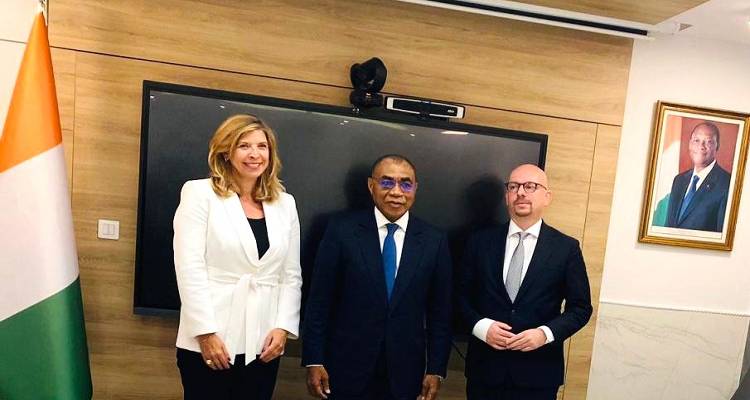Global gold demand reached 993 tonnes in Q3 2016, a fall of 10 per cent compared to the same period last year, according to the World Gold Council’s latest Gold Demand Trends report
Net inflows into Exchange-traded products (ETPs) helped drive a sharp increase in investment demand, but this was not enough to offset falls in other areas, notably jewellery and purchases by central banks. This fall in overall investment may have a detrimental effect on the African gold mining market.
Total investment demand rose by 44 per cent to 336 tonnes, with ETP inflows accounting for 146 tonnes, as investors continued to build up their strategic gold allocations.
The third successive quarter of inflows into ETPs, which were dominated by European funds, were predominantly driven by ongoing economic and geopolitical uncertainty.
This uncertainity has not been helped by the election of Donald Trump as the United States' President Elect, and continuing uncertainty over the UK's departure from the European Union.
By contrast, bar and coin demand totalled 190 tonnes in Q3, down 36 per cent year-on-year.
Alistair Hewitt, head of market intelligence at the World Gold Council, commented, “We continued to see flows into gold-backed ETPs in Q3, taking year-to-date inflows at the end of September to 725 tonnes. Institutional investors have looked to hedge against uncertainty stemming from geopolitical risk, including Brexit, the US Presidential race and the potential impact of elections in France and Germany next year. In addition, negative interest rates, a theme ever-present this year, continued to underpin institutional demand.”
Both China and India, the world’s leading gold markets, experienced a drop in consumer demand this quarter, of 22 per cent and 28 per cent respectively.
In China, ongoing economic uncertainty contributed to a softening in sentiment towards the precious metal, which was magnified by high gold prices and changing consumer behaviour.
In India, more stringent government policies, high gold prices and a squeeze on disposable rural incomes combined to dampen consumer sentiment. These were key factors contributing to a 21 per cent year-on-year fall in total jewellery demand to 493 tonnes.
The Q3 2016 Gold Demand Trends report, which includes comprehensive data provided by Metals Focus, can be viewed at here and on an interactive charting tool here.




































